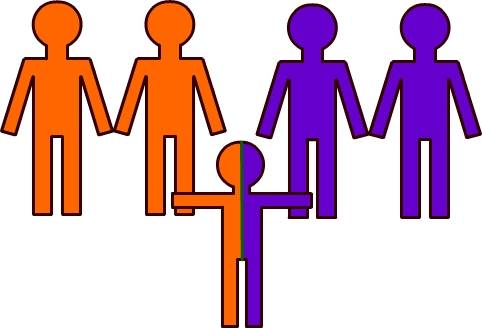
In a significant policy shift, China has announced the cessation of adoption in China for foreigners, ending a practice that has been in place for over three decades.
This decision marks a pivotal moment in the country’s approach to child welfare and international relations.
The move, rooted in the historical context of China’s one-child policy, has far-reaching implications for prospective adoptive parents worldwide and the children who were once part of this system.
Historical Context: The One-Child Policy and Its Legacy
China’s one-child policy, implemented in 1979, was a drastic measure aimed at controlling the nation’s burgeoning population.
Under this policy, families were restricted to having only one child, leading to a significant number of children, particularly girls, being placed for adoption.

Since opening its doors to international adoption in 1992, over 160,000 Chinese children have found homes abroad, with the majority being adopted by families in the United States.
The Decision to Halt Foreign Adoptions
The recent announcement by Foreign Ministry Spokeswoman Mao Ning highlights a shift in China’s adoption policy.
According to Mao, the decision aligns with international trends and reflects the country’s evolving stance on child welfare.
The new policy stipulates that, apart from the adoption of children or stepchildren of blood relatives within three generations, China will no longer send children abroad for adoption.
Implications for Prospective Adoptive Parents
This policy change leaves many prospective adoptive parents in a state of uncertainty.
Families who were in the process of adopting children from China are now left wondering about the future of their applications. The emotional and financial investments made by these families underscore the profound impact of this decision.
For many, the dream of providing a loving home to a child from China has been abruptly halted.
Domestic Adoption and Child Welfare in China
China’s decision to end foreign adoptions is also influenced by its current demographic challenges.
The country has one of the lowest birth rates globally, and policymakers are striving to encourage young couples to marry and have children. The high cost of childcare, job security concerns, and a slowing economy have deterred many from starting families.
By focusing on domestic adoption, China aims to address these issues and ensure that children in need of homes are cared for within the country.
International Reactions and Comparisons
China’s move comes on the heels of similar decisions by other countries.
In May, the Netherlands banned its citizens from adopting children from foreign countries, and Denmark’s only adoption agency ceased operations. These actions reflect a broader trend towards prioritizing domestic adoption and addressing the complexities of international adoption.
The Future of Adoption in China
As China navigates this new era, the focus will likely shift towards improving the domestic adoption system and supporting families within the country.
Efforts to incentivize young couples to have children and provide better support for adoptive families will be crucial. Additionally, the government may implement measures to ensure that children who were previously eligible for international adoption receive the care and support they need within China.
Conclusion
China’s decision to end foreign adoptions marks a significant turning point in the country’s approach to child welfare.
While this policy shift presents challenges for prospective adoptive parents worldwide, it also underscores China’s commitment to addressing its demographic issues and improving the lives of children within its borders.
As the country moves forward, the focus will be on creating a robust domestic adoption system that ensures every child has the opportunity to grow up in a loving and supportive environment.


